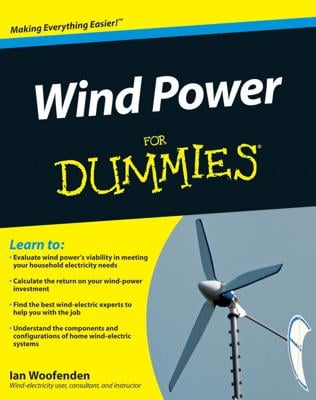A fireplace might be cozy and homey, but they are not very energy-efficient for a green home. For one thing, your fireplace allows a lot of warm air to escape from your home. For another, burning wood is not very good for the environment.
Even if you never use your fireplace, you’re still losing heat from it — simply because it’s there. Consider the fireplace a hole in your home from which energy escapes when not in use. If your damper flue is open, or doesn’t close tightly, it’s as if you’ve left a window wide-open. (In fact, your fireplace creates energy costs in any season, whether air-conditioned or furnace-heated air.) And when the fire is blazing, you can lose up to 90 percent of the heat up the chimney.
In addition to making sure your damper flue is shut, it helps to have a well-fitted cover with tempered glass doors to keep warm air from getting sucked out through the chimney.
If you want to block the escape route even more effectively, you can buy an inflatable insert, called a chimney balloon or fireplace plug, for somewhere between $50 and $65. For best results, go for an EPA-certified product, whether gas, electric, or wood-burning. They can be pricey and it’s important to make sure they’re properly installed. Also, they may be hard to find at your big box stores, so be prepared to search for them.
Visit the EPA Web site for the nitty-gritty on fireplace inserts and what to look for.
If you’re certain you’ll never ever want to use the fireplace, consider sealing and insulating your chimney for maximum efficiency.
Safety and health issues aside, fireplaces aren’t so hot for the environment. In addition to carbon monoxide, burning wood produces carbon dioxide and nitrogen oxide — the same greenhouse gases that are contributing to climate change.

